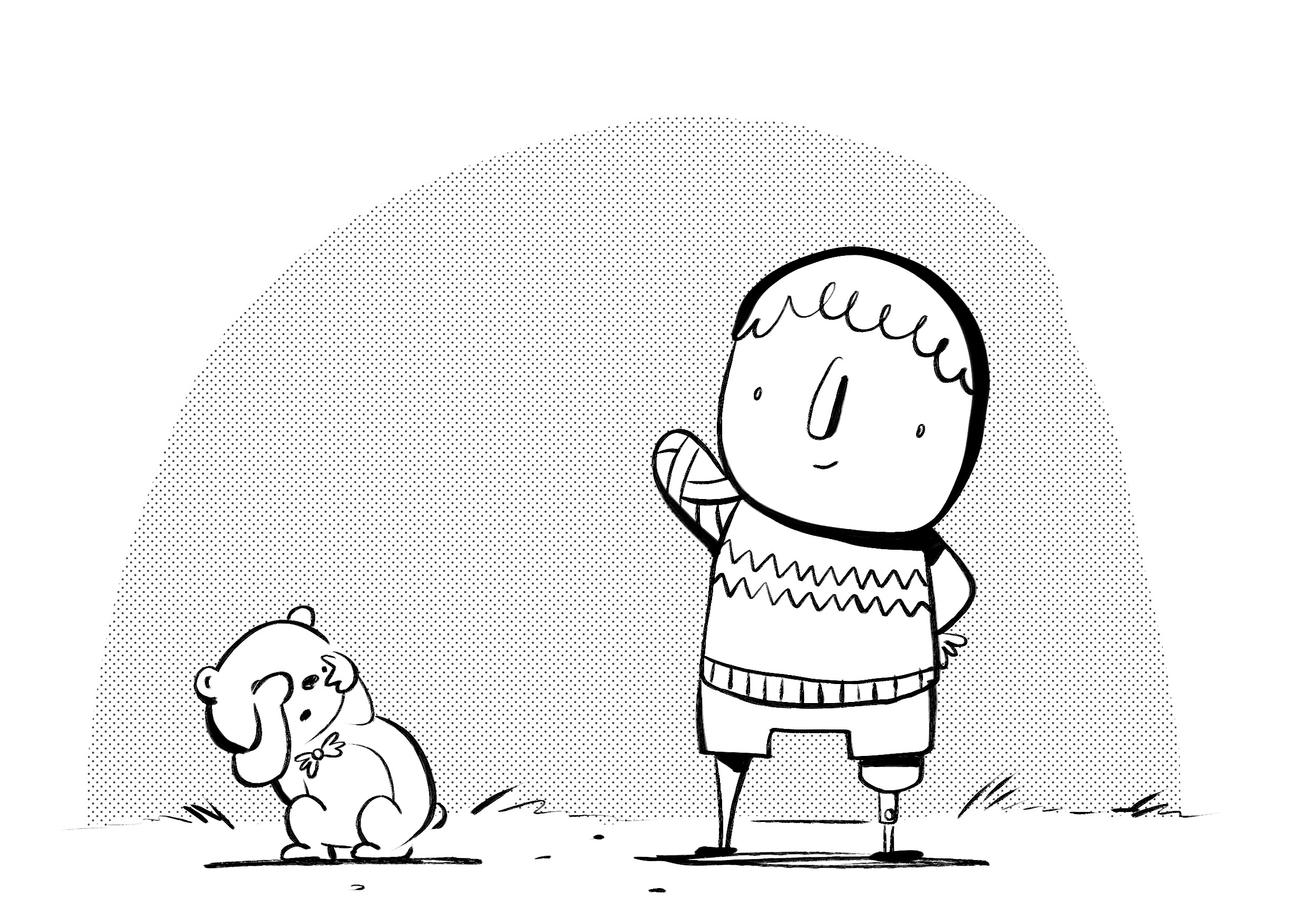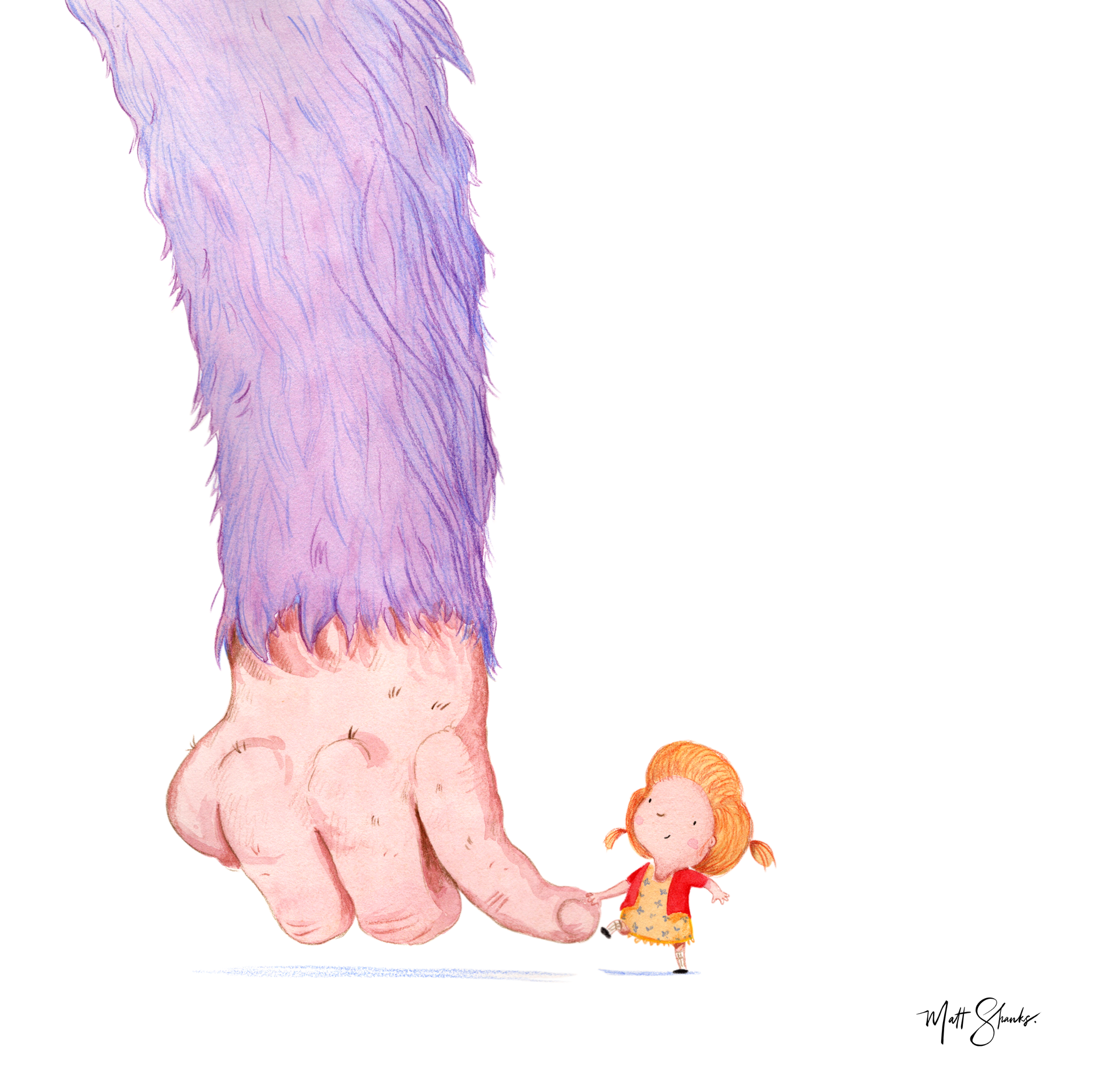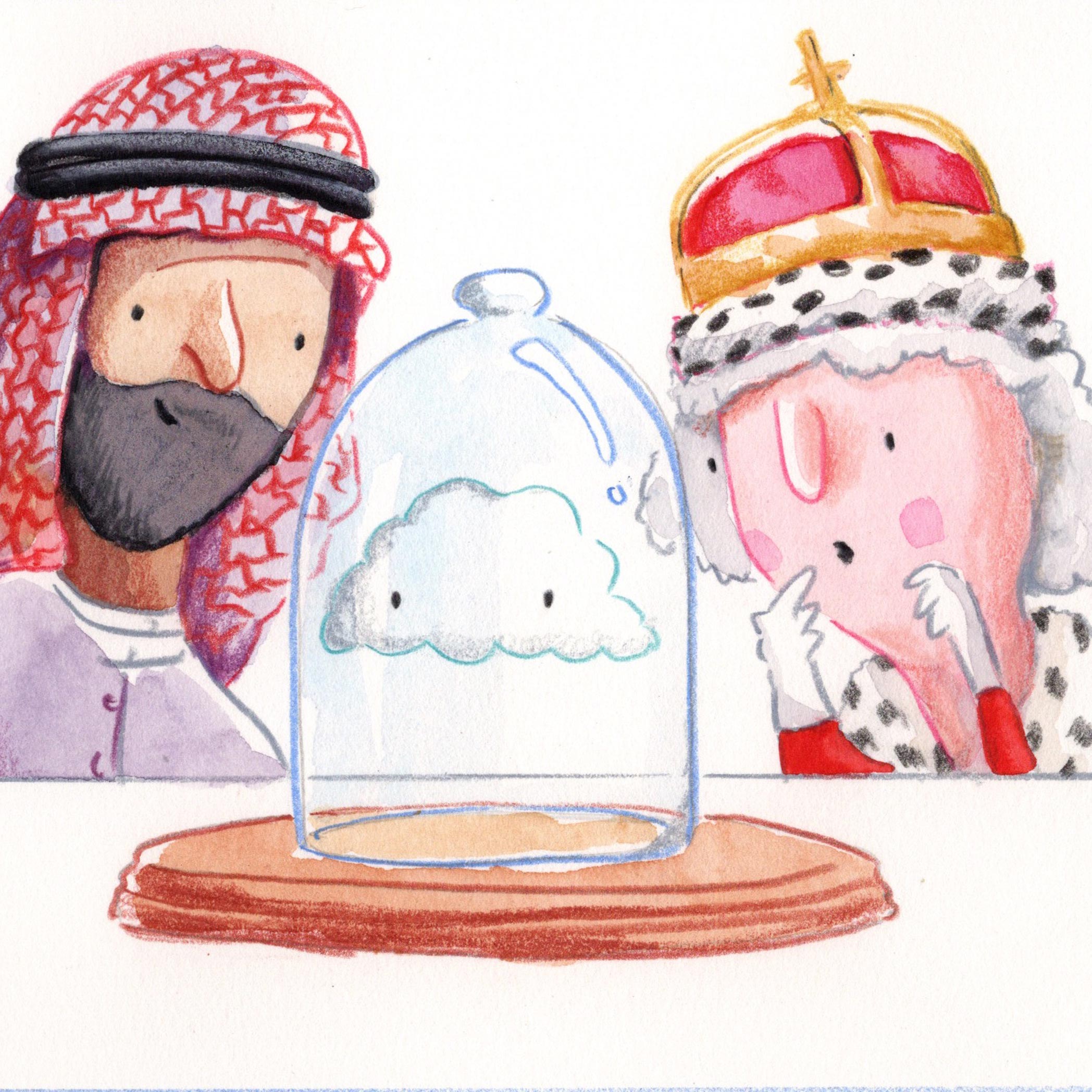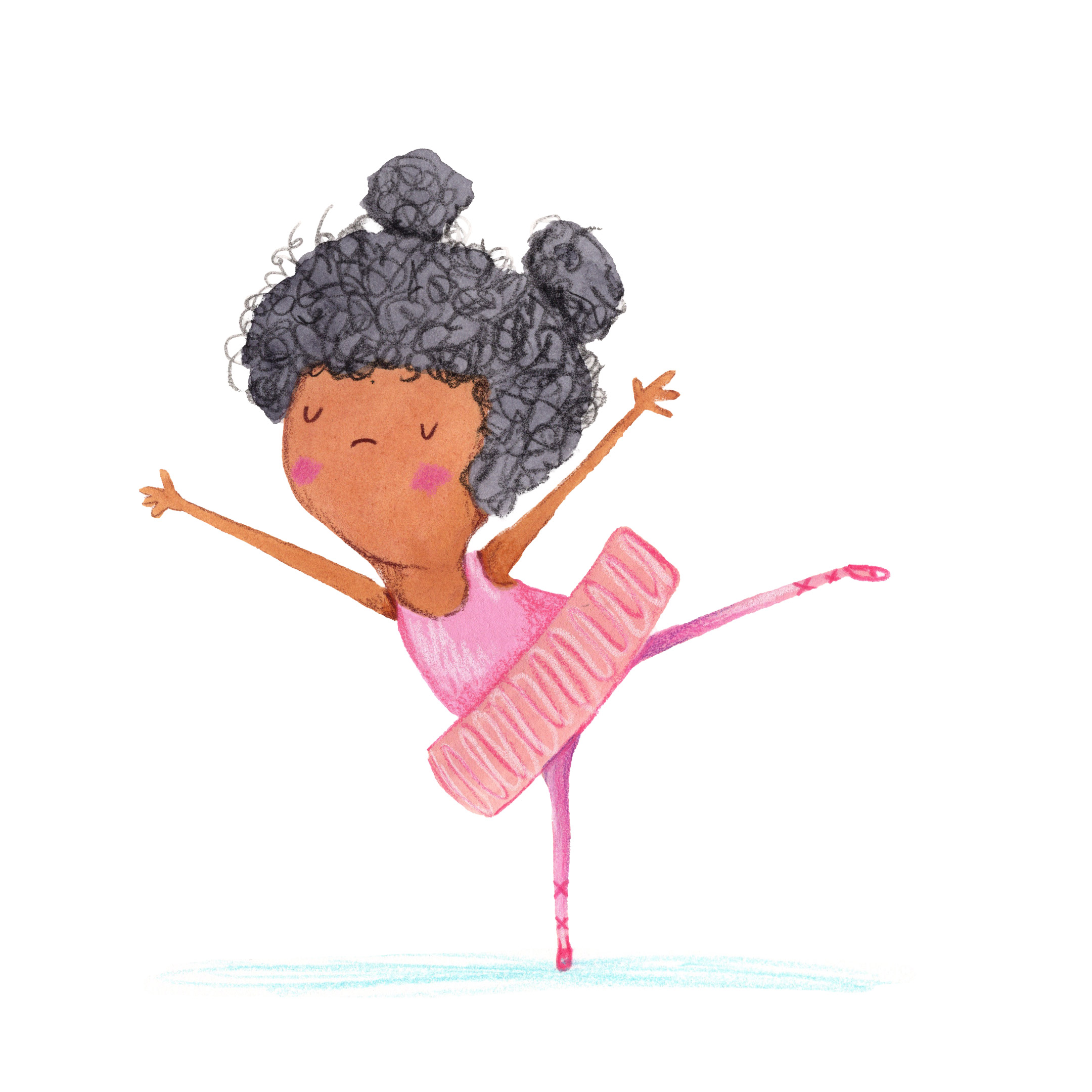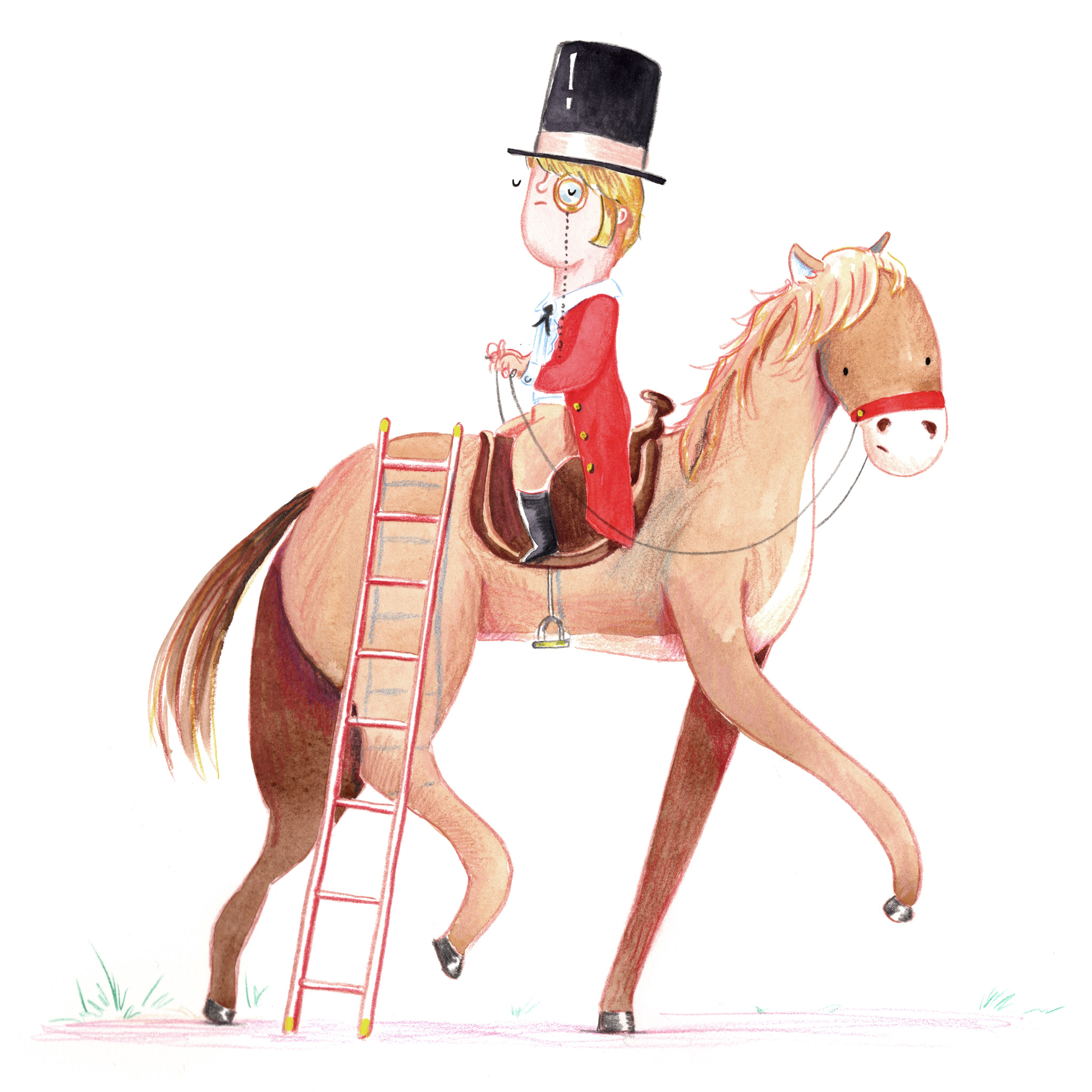In July 2016 I released my first ever picture book. I learned a lot through this process and as a way to remember it, I thought I’d document it here, as much for myself as for aspiring or professional illustrators who are keen to learn from one another.
Step 1: starting with the text
It makes sense of course but the text is the cornerstone of any picture book. Without the text there’s unlikely to be any images. I find that my first reading of a text is probably the most important. It has to be done on paper and I have to have a pencil in hand. As soon as I begin to read, images may flow and I haven’t got long before they flow in one side of my head and out the other so the most important job at this stage is to capture whatever comes.
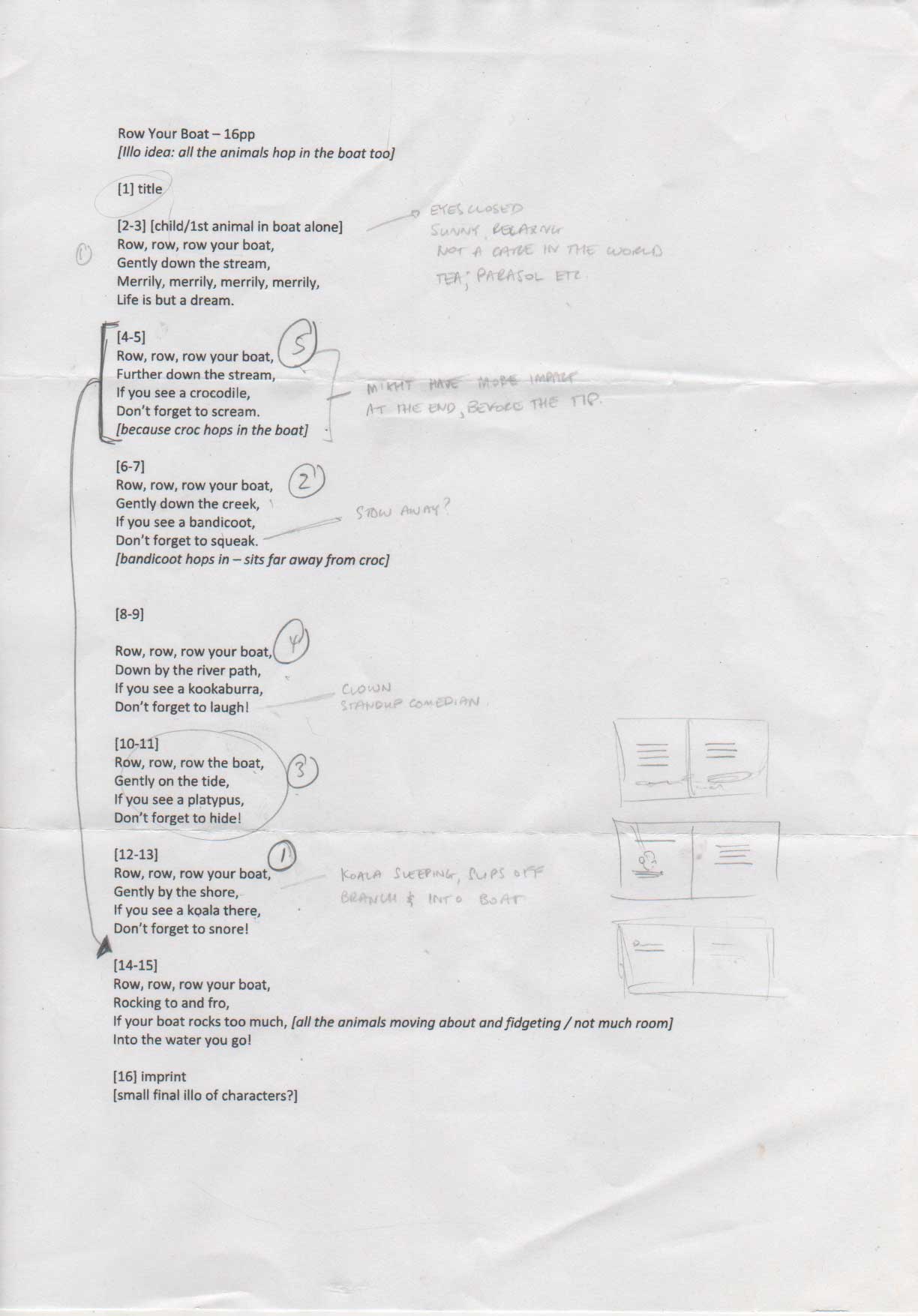
Step 2: Walk away and let it marinate
After an initial reading, it’s easy to get excited by the first idea that comes in to your head. You start to feel as if you can piece together a movie and, well, because it’s the only idea you’ve had, it feels so right! But often, my best ideas happen when I’m least expecting them and because I know this I let it play to my advantage. I take a few days or even up to a week to let the ideas of the book sit in the back of my mind. You can find inspiration in the weirdest of places so I just wait. I do repetitive, mindless activities like walking, showering, sleeping or yoga and sure enough, at some point, a few sparks ignite and more ideas begin to flow.
Again, the trick here is to capture them. I carry around a trusty little notebook where I simply make sure I write down all the things the book could be. It might be the whole book or just a scene, a spread, a page, a tiny image. Once it’s captured, I’ve done the hard bit. Then I move on to trying to put a jigsaw puzzle of ideas together.
Step 3: Fleshing out the idea
By this stage I have a lot of little bits. I have my sketches and ideas from my first reading as well as bits and bobs I’ve noted down over the week or few days after the first reading. It’s time to put these all together.
Some illustrators call this a storyboarding stage but that feels a little too linear and formal for me. I find that there are certain ideas I like more than others. Maybe they’re a bit funnier, or perhaps they relate to the text a little better than others. I usually start with these and try to link them all together in some logical way. Often, a story begins to emerge. Certain characters take on a personality of their own and I know it sounds silly, but they often tell me what they should be doing, rather than the other way around.


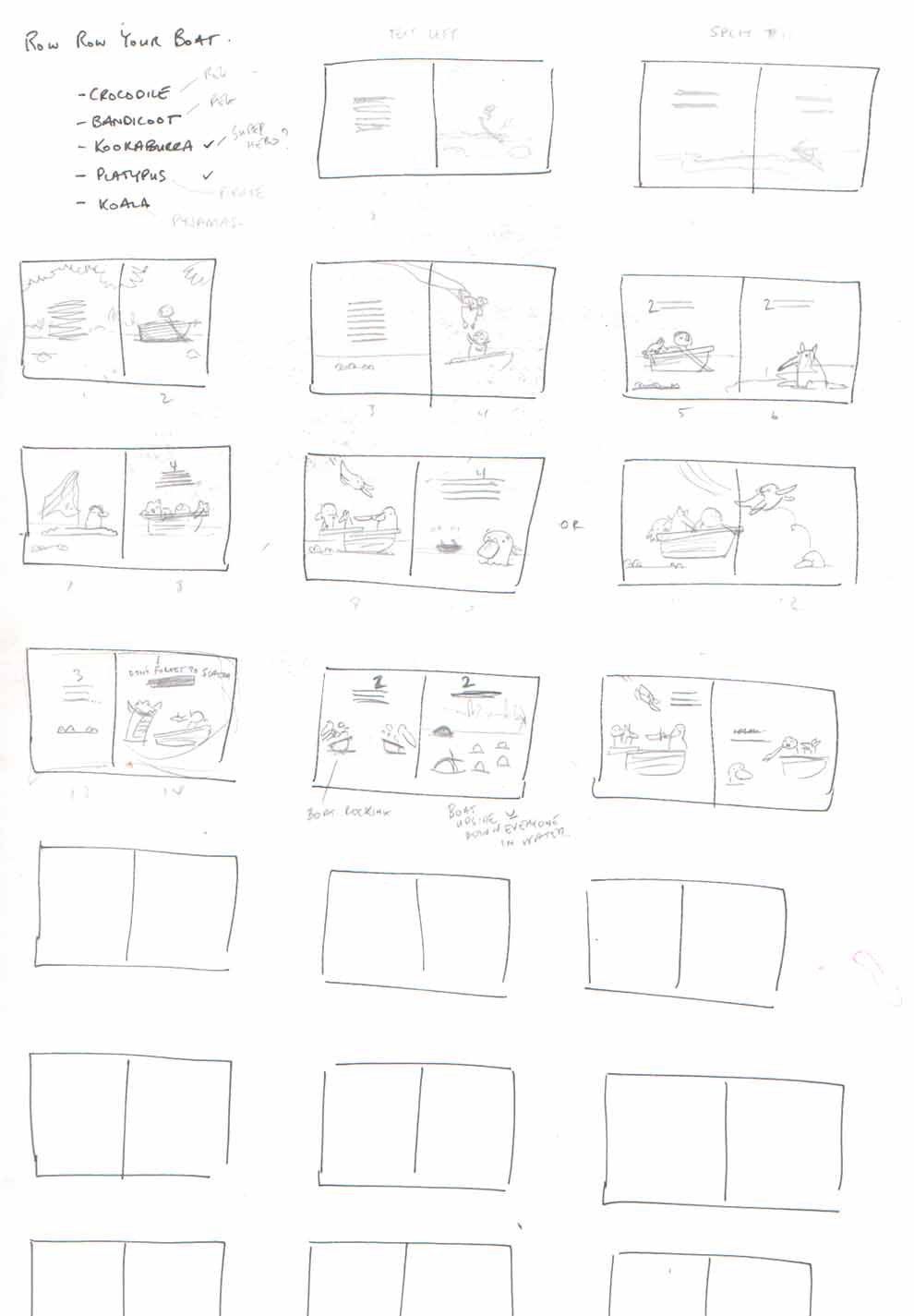
Step 4: Pulling it all together
After much time and iteration in the jigsaw phase, it’s time to get my hands dirty and prepare the drawings to show someone else. Often by this stage I can see the images I want to create very clearly but that doesn’t mean they’re any good for an editor to see. How do I tidy things up? I redraw the sketches with them in mind. I ask myself questions like, “What do I need to communicate with this image? What do I want the editor to feel? Do I want them to laugh or cry?” With this in mind, I then go about setting it out in a much more logical fashion than what my brain is used to.
Often, images alone don’t do a good enough job so where appropriate, I add notes to each image. I talk about things like colour and try to describe the mood of the image. Does it have a background? Is it full-bleed? What sort of clothes are the characters wearing? Like with any picture, words and images go together at this stage but it’s not about the book itself, it’s about trying to make sure I can reproduce what I see in my head in an editor’s head.
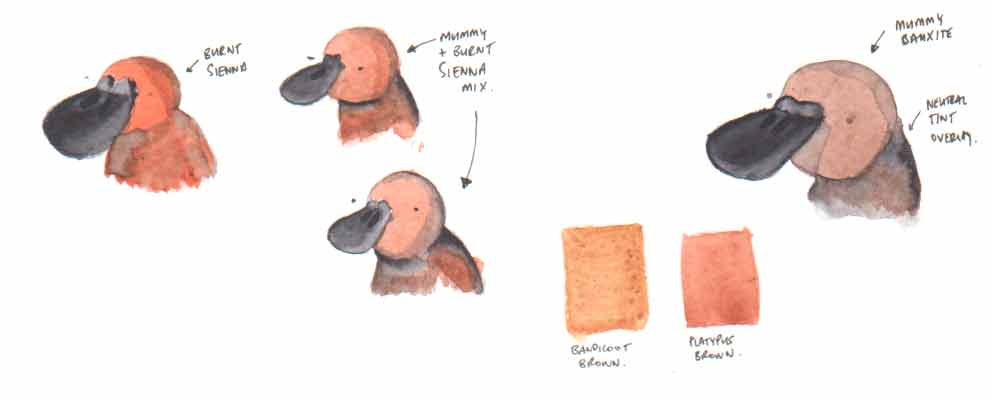
Step 5: The real work (and fun) begins
Once my initial ideas are shared with an editor, the project gets real. An editor will supercharge things by adding their years of expert experience in to the mix. When you’ve got a great publisher behind you, like I did with this book, it really does feel like you can’t fail. The team get together and discuss your ideas. Good ideas breed great ones and so often what happens (in the best case) is that a publisher comes back to you brimming with different things you can add, subtract or alter in the original idea. These ideas often make the narrative stronger, the pictures more appealing and overall, they make a much more beautiful picture book than would be possible if a person worked on their own.
A few redos of some artwork is all part of making the best picture book possible for everyone.

